
Corporate Silos and Communication
Achieving successful business outcomes often requires working with diverse personalities and effectively navigating corporate hierarchies.
One such challenge I encountered involved two separate business areas—one responsible for delivering content to employees and the other for employee benefits.
These teams operated in silos, leading to fragmented and ineffective communication that left employees confused. Initial concerns were raised anecdotally, but were substantiated through user interviews and one-on-one usability testing.
By establishing a regular cadence of meetings and structured touch points, I gradually facilitated collaboration between the two teams.
Initially, this involved open dialogue, and over time, it evolved into a fully integrated approach that allowed them to achieve their individual objectives while ultimately delivering clearer, more effective information to employees.
In addition to leading research efforts, I developed content guidelines and facilitated a series of working sessions with content creators to refine messaging. Through this partnership, I spearheaded a user-centric information architecture, validated through user testing and card sorting exercises.
The accompanying timeline outlines key milestones and the structured approach taken to align these business areas.

A Bridge between Developers & Stakeholders
Effective UI design serves as a bridge between development teams and business stakeholders, providing a shared vision that both groups can align with.
In a judgment-free setting, developers were encouraged to share their insights on interface design while also articulating the constraints of the software-as-a-service (SaaS) platform in use.
By working closely with the development team, I was able to advocate for strong UX principles while simultaneously setting realistic expectations with the business regarding tool limitations.
Clear communication and mid-fidelity mockups aligned with UX best practices. This helped balance stakeholder expectations with technical feasibility, reducing project churn and kept developers engaged and motivated.
While no SaaS product is without constraints, our collaborative efforts maximized the platform’s potential. The solution was then iterated upon and validated with end users, ensuring a seamless and effective final product.
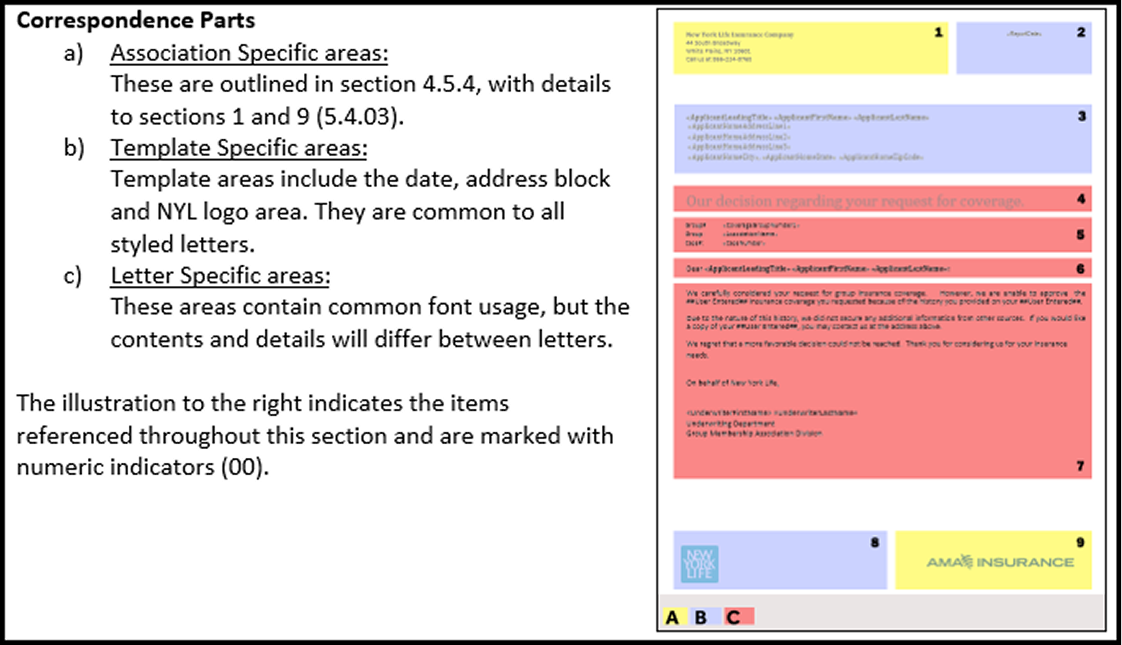
The screen above illustrates key project requirements, using highlights within the existing template to differentiate information hierarchy and enhance comprehension.
Mentorship takes many forms, shaped by the goals and context of each situation. As a manager, I am committed to fostering the growth of my team, helping them realize their full potential and achieve their professional aspirations.
As an adjunct professor, I mentor students as they embark on their careers in user experience. I guide them through their projects, helping them develop a deep understanding of UX principles, design methodologies, and the tools that will drive their success.
Within the workplace, I advocate for usability best practices and inspire colleagues to embrace user-centered design. By fostering enthusiasm for creating intuitive and engaging applications, I help transform colleagues into champions of UX.
This, in turn, cultivates a culture of user experience awareness across the organization, driving both understanding and the discipline’s continued growth.
One such example is with the launch of a new HR initiative into a “gig marketplace” allowing cross-functional mentorship.
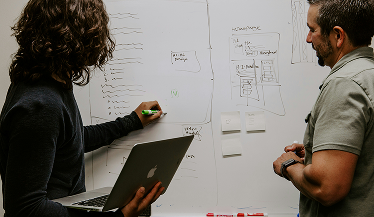
Throughout the process I have highlighted their progress with the business giving them visibility, acknowledging their individual efforts.
One of the mantras I practice and relay to my students is that if you are not able to relay information effectively it doesn’t matter how brilliant your insights are and how much research you have done.
The research itself, while dependent on the problem usually includes a mix of qualitative and quantitative methods. Looking at any metrics, speaking to stakeholders, talking to actual users, testing applications, sites or interfaces with users of the tool.
This investigation process has taken me to field offices, remote call centers and technology sites. Experiencing these locations has always created a clearer picture of the environment where the problem we are looking to solve stems from.
Sometimes it has been as simple as digitizing artifacts pinned to bulletin boards, and sometimes it can be as simple as eliminating the need to complex translation tables. This transfers the cognitive load from the person to the system, making the process easier, and more streamlined.
I have had great success with the exercise of journey mapping with business stakeholders, as the exercise clarifies and highlights the business problems that can be difficult to articulate by stakeholders. One experience was an engagement with the compliance area consisting of over 20 individual sessions including over 50 stakeholders to document flows and process observations in advance of developing future project initiatives.
The document created in 2015 is still in use today as developers and stakeholders review and strategize system and process improvements.
Over the course of my career I have had the opportunity to develop, facilitate and analyze hundreds of one-on-one user tests, both in person and more recently via video tools such as Teams and Zoom, which allow tests to be performed remotely. This has been a benefit, as it allows for a wider distribution of employee perspectives through my engagements with Technology, HR and Communications for internal clients.
I also have effectively utilized Microsoft Clarity for heat mapping an session recording with the outputs crafted into business friendly documents and video highlights created using Adobe Premier.
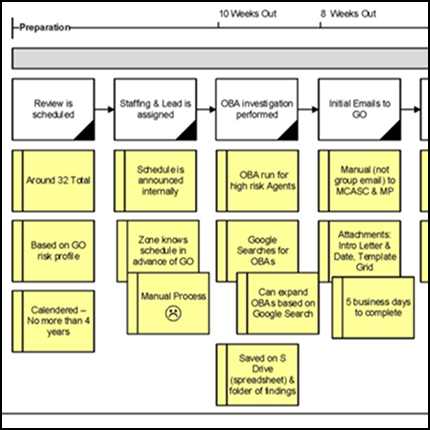
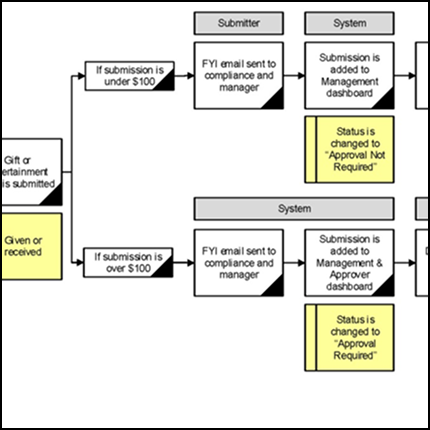
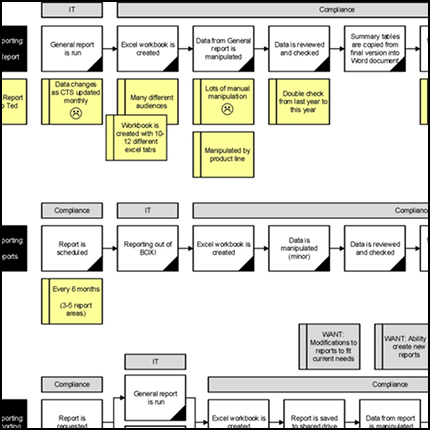
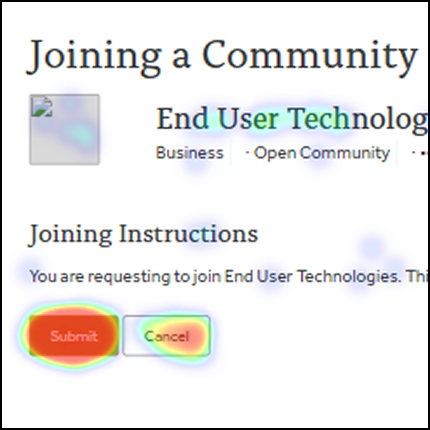
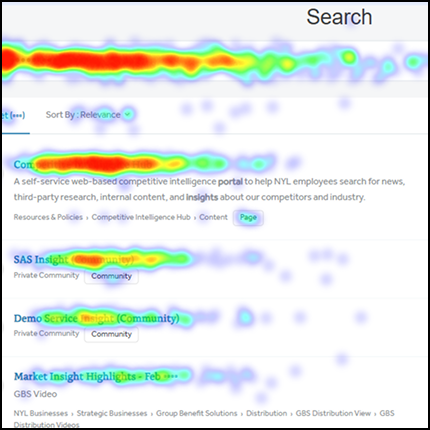
The above are vignettes of larger analysis documents. Click the images for larger views.
Throughout my career I have lead cross-functional teams through many initiatives, creating a collaborative environment where designers, researchers, developers, and business stakeholders align around user needs and business goals.
One of my key responsibilities is translating user insights into strategies that drive business value. I lead efforts to align UX objectives with broader company goals by working closely with product owners, marketing, IT, and leadership. This has involved facilitating workshops, building business cases, and communicating ROI to stakeholders.
Leadership in UX extends beyond the design team. I regularly partner with HR, Corporate Communications, and internal tech teams to drive company-wide digital initiatives.
These partnerships require a balance of strategic thinking, diplomacy, and adaptability.
Recently I managed a multi-team effort to refine the HR presence on the corporate Intranet. When I began the process the two business areas were at odds, the communication and collaboration was poor.
Over the course of a year-long product I was able to guide the two businesses to successfully launch numerous initiatives, not only obtaining buy-in from the corporate partners but transitioning a combative situation into one of collaboration and a shared goal to improve the user experience for their customers.
Outside of the corporate realm I teach Design Operation and Leadership within the Masters program at Brandeis University.

Through this engagement I teach the soft skills necessary to manage creatives, and techniques to manage tough business partners, while considering budgetary and time constraints.
One of the things I always stress with my students is to pay attention to your actions. It's not enough to say the right things, you need to do the right things and set the example you are striving for in your teams.
Metrics and Reality
Thought leadership is about painting a vision - a North Star that others can rally behind.
Throughout my career, I have continually take on this role, driving meaningful change through data-driven insights. One such instance was the identification and optimization of the technology support function at New York Life.
Management was increasingly frustrated by the perception that technology services were inefficient and frustrating for employees. This concern was substantiated by consistently low customer feedback scores, which suggested systemic issues. However, paradoxically, resolution times remained well within acceptable limits.
To uncover the root cause of this disconnect, I analyzed thousands of service records, identifying key themes and patterns.
From these insights, we conducted targeted interviews with survey respondents to gain a deeper understanding of their dissatisfaction, particularly why service felt inadequate despite quick ticket closures.
Our investigation revealed that the primary issue stemmed from the vendor responsible for triage.
Poor phone connections, garbled audio, and excessive background noise frequently disrupted support calls. Compounding this frustration was the practice of returning calls outside of business hours, despite documented time preferences.
These factors explained both the dissatisfaction and the artificially low resolution times, as users would often abandon calls rather than wait for proper assistance.
By presenting these findings to leadership, I was able to clearly articulate the underlying issues and recommend a strategic shift in processes. The proposed changes not only improved overall satisfaction but also enhanced successful problem resolution.
Through data analysis, we effectively held the vendor accountable by pinpointing specific deficiencies. I laid out a vision for a refined support process, one rooted in structured workflows, documented best practices, and accountability - ultimately improving both employee experience and organizational efficiency.
The accompanying bubble chart visualizes a portion of the data analysis, one of several such charts used to map the five key areas of the support process.
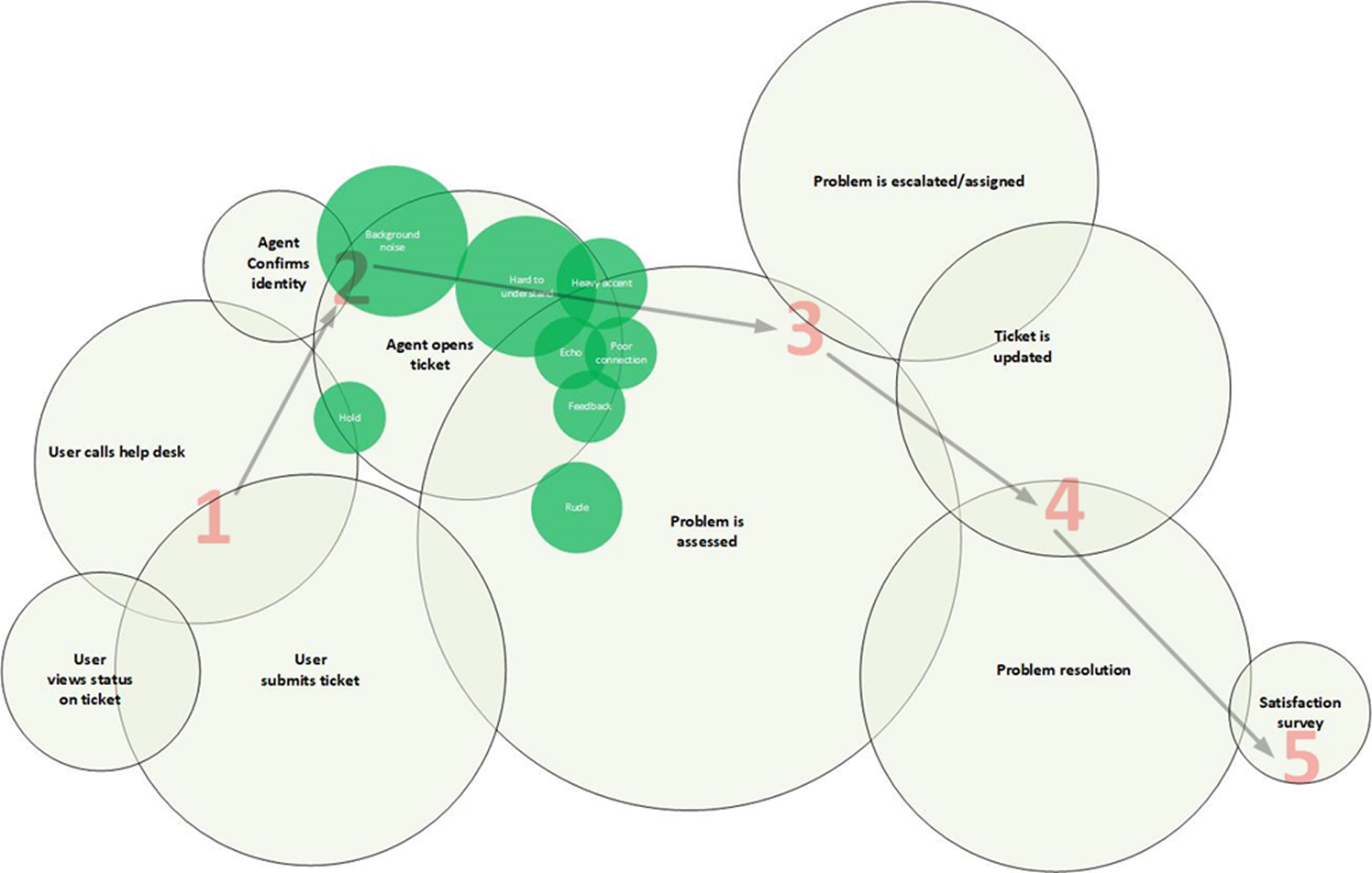
A successful strategy for a UX Champion breaks down into three parts, evangelism, education, and authority.
Beginning with a clear understanding of how a product or feature currently performs a key component is to establishing a baseline, laying the groundwork for a compelling narrative.
By capturing the "before" state, we’re equipped to show how design interventions directly contribute to improvements. This baseline enables us to tell a story of success that is rooted in data, not just design intuition.
Sharing these insights in a digestible, engaging way allows us to amplify our wins—turning past successes into momentum for future initiatives.
Throughout my time at New York Life, I’ve developed and led a series of educational lunch-and-learn sessions that introduce UX principles through relatable, business-specific contexts.
These sessions have covered topics such as writing for the web, crafting effective emails, accessibility best practices, Lean UX, and even the evolving role of the Internet of Things (IoT). These interactive forums not only introduce foundational concepts but also equip teams with practical tools to apply UX thinking in their day-to-day work.
These efforts have expanded our reach into areas of the company that previously had limited exposure to UX.
A recent example involved the creation of a shared language that bridges the gap between business teams and developers when evaluating SaaS solutions. This common vocabulary enables stakeholders to ask focused questions, clarify interaction expectations, and make informed decisions about integration efforts.
As a result, the alignment between technical feasibility and business needs becomes clearer, reducing miscommunication and costly rework.
By embedding UX thinking into business processes, we not only improve experiences but also streamline operations and support strategic goals.
Being a UX Champion also means possessing the authority to influence, advocate, and guide. This form of leadership isn’t defined by hierarchy alone, but by the ability to foster trust, communicate effectively, and consistently bring value to cross-functional collaborations.
Authority in UX is earned—through active listening, thoughtful negotiation, and a demonstrated commitment to both user needs and business outcomes.
Whether it's advocating for adequate time to conduct user research, negotiating feature priorities, or diplomatically challenging decisions that may compromise usability, a UX leader uses soft skills and emotional intelligence to navigate complex dynamics.
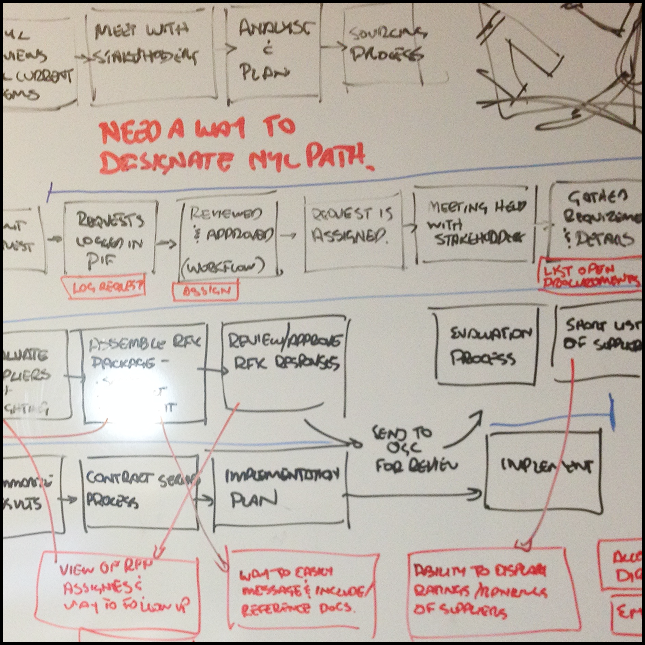
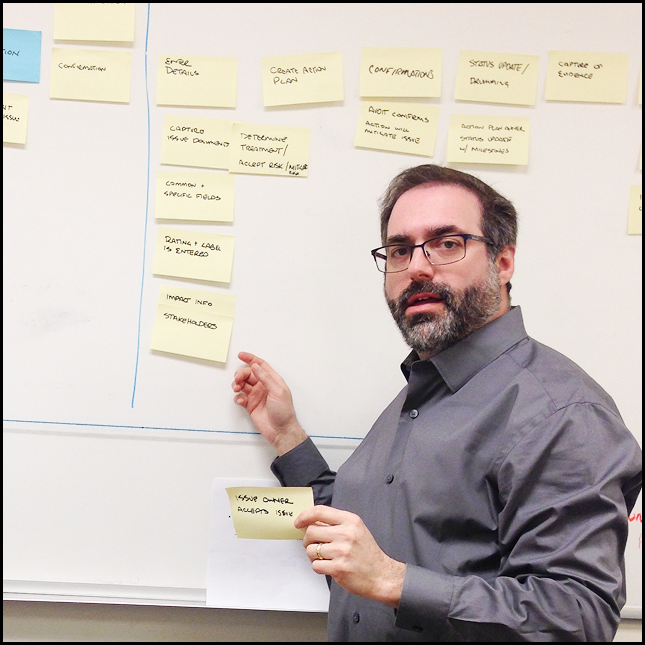
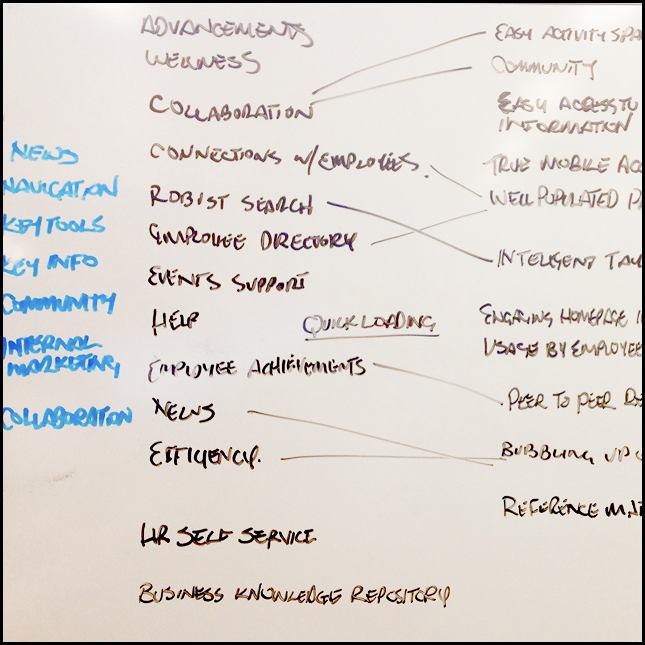
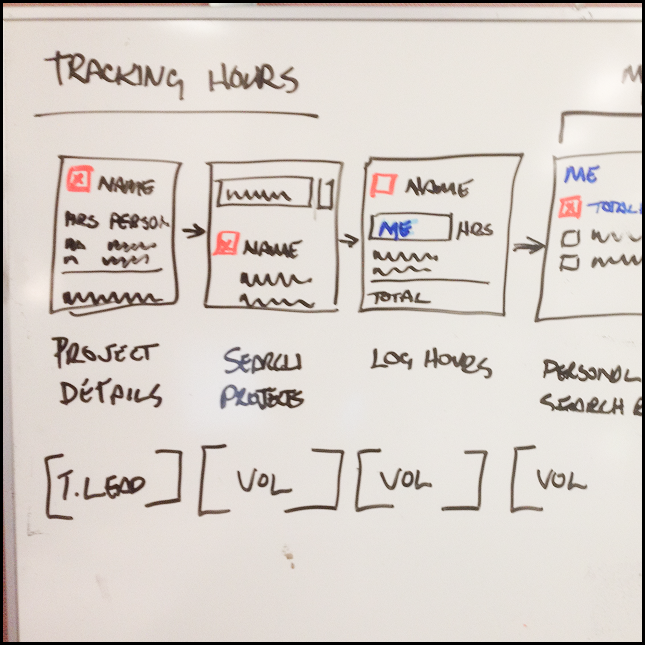
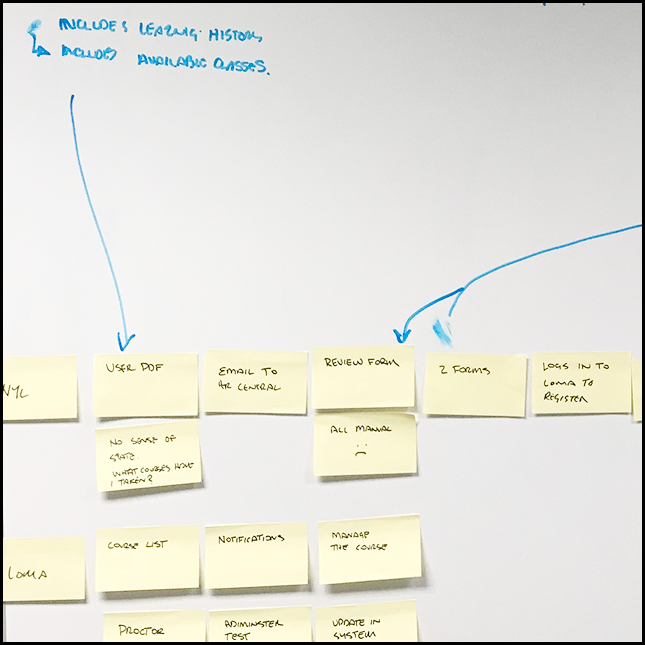
The above are vignettes of larger collaborative experiences. Click the images for larger views.
My user experience solutions are grounded in strong design principles, with a user-centric approach at the core of my process.
I strive to create engaging, intuitive experiences that empower users to complete their tasks seamlessly, even within the constraints of complex environments.
Regulatory requirements, naming conventions, accessibility considerations, and business objectives must all be carefully balanced to create effective and compliant solutions.
I tackle design challenges through research and collaboration, working iteratively to align with business goals and user needs.
By developing a cohesive strategy and vision, I ensure that the design process remains structured and goal-oriented.
My deliverables - often created in Figma, Photoshop, or PowerPoint—serve as essential tools in guiding the design journey, fostering clarity and alignment throughout the project.
In the end, the tools do not matter as much as the ability to communicate, whether it’s through industry standard tools, doodles on sticky notes or white board thought sessions to accomplish to the goals at hand.
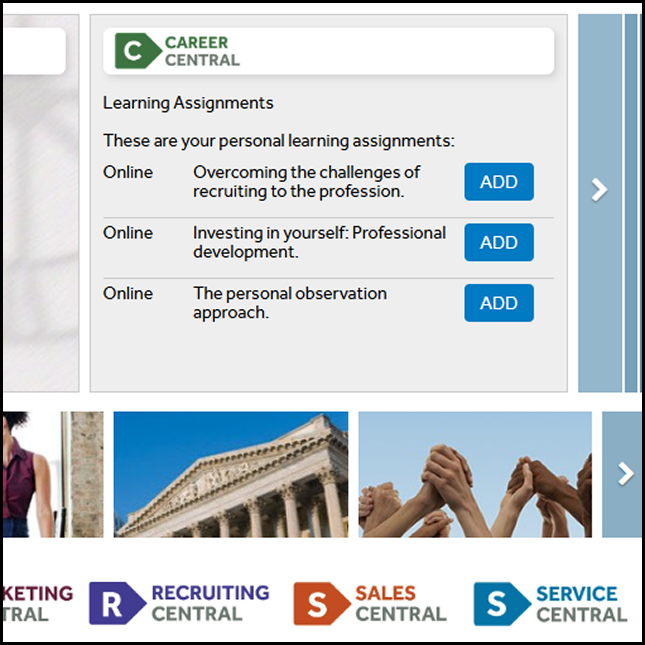
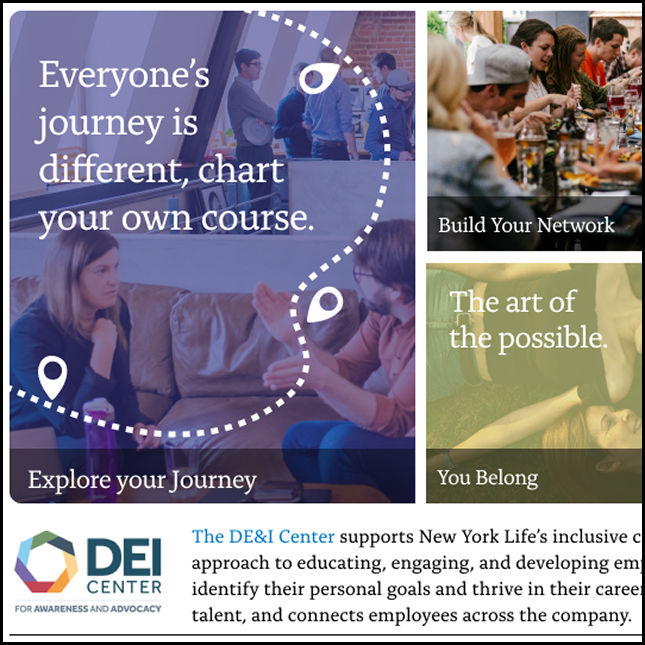
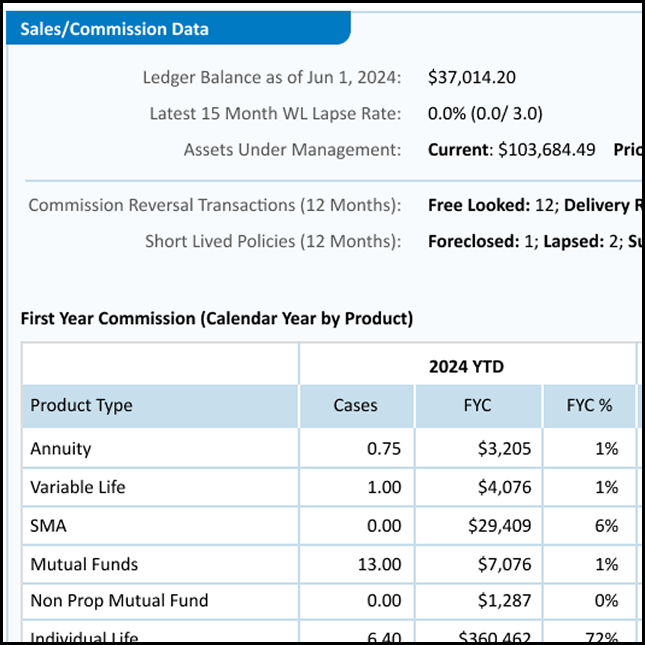
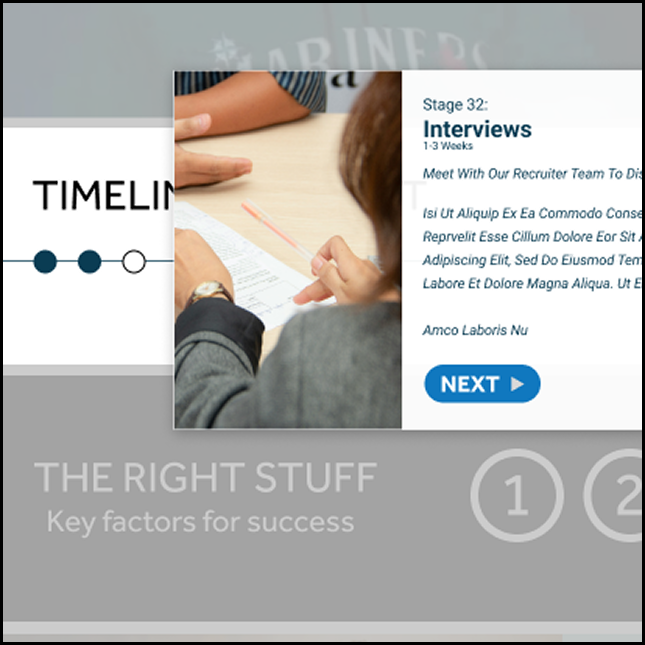
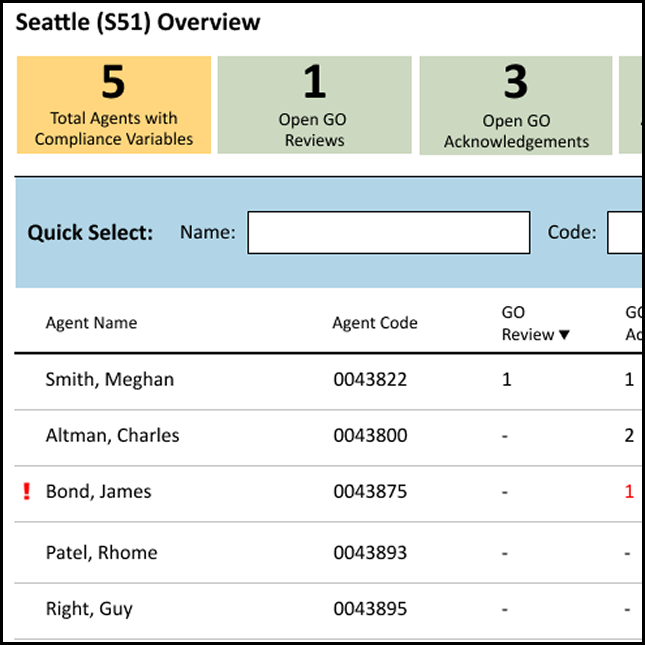
UX Strategy is understanding and reacting to the UX maturity in an organization.
When I first began my career the user experience was not well understood in most organizations. For most engagements it equated to pretty pictures and reduction of errors on websites and applications.
This understanding has evolved over the years.
Setting the right strategy for an organization is not about tools, or specific designs, it’s about an organization’s ability to set a baseline and have a true understanding of where they are. Once you do this you can align to the business goals and directionally set where you desire to be.
Depending on the maturity of the organization you gain an understanding on how much (or how little) user experience can aid in meeting those goals, but at all levels of maturity it is the responsibility of UX strategists to clearly articulate the benefits of improving the user experience.
This is accomplished through advocacy, testing, setting a clear direction, and communicating why the direction is advantageous in business-friendly terms.
I have successfully done this at many management levels, and have been helped through this journey by asking the right questions, getting access to real users of the tools or applications, and deep diving into metrics.
Using these tools you can align to addressing business specific issues.
As the AI bandwagon rolls along there is a desire to streamline and automate tasks. Many UX professionals have embraced this challenge. As example, AI tools have taken initial analysis tasks from days to hours, as these tools are great at distilling information for more robust analysis. This however is not strategy.
AI tools, such as Chat GPT and Copilot can be viewed with the same lens as Photoshop and Figma, one of many tools to help you communicate better.
Whether it's card sorting for information architecture, storyboarding to communicate flow, prototyping to communicate interaction or deck development to present ideas it is all about effective communication with a methodology rooted in good UX practice and an eye towards efficiency and the overall goals.
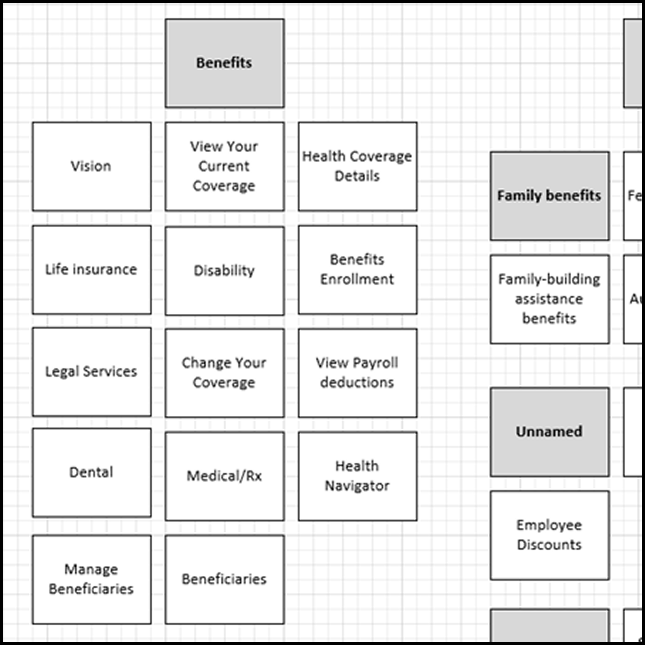
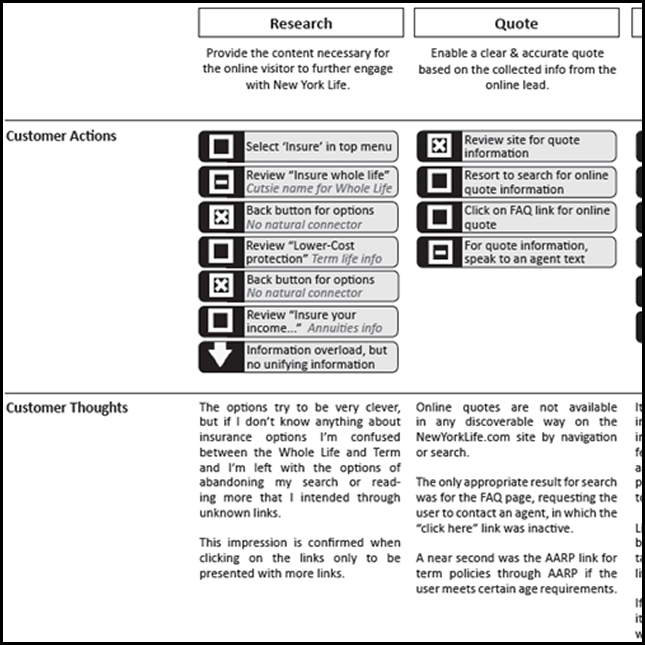
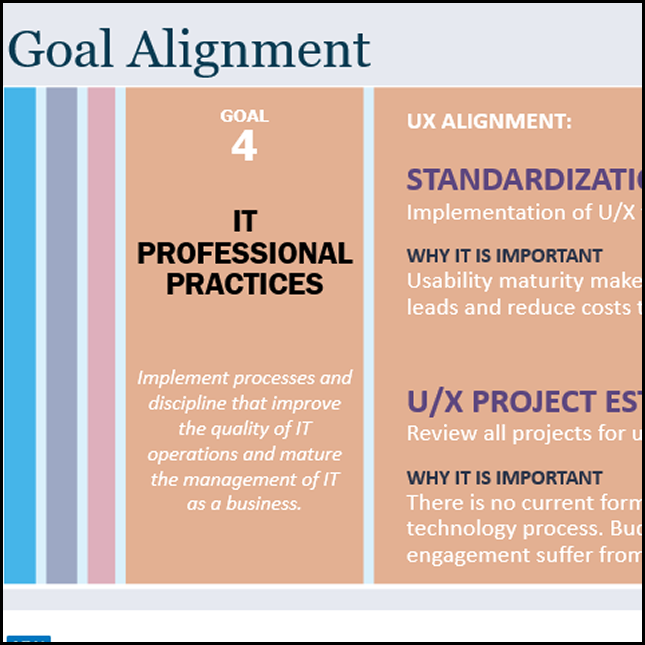
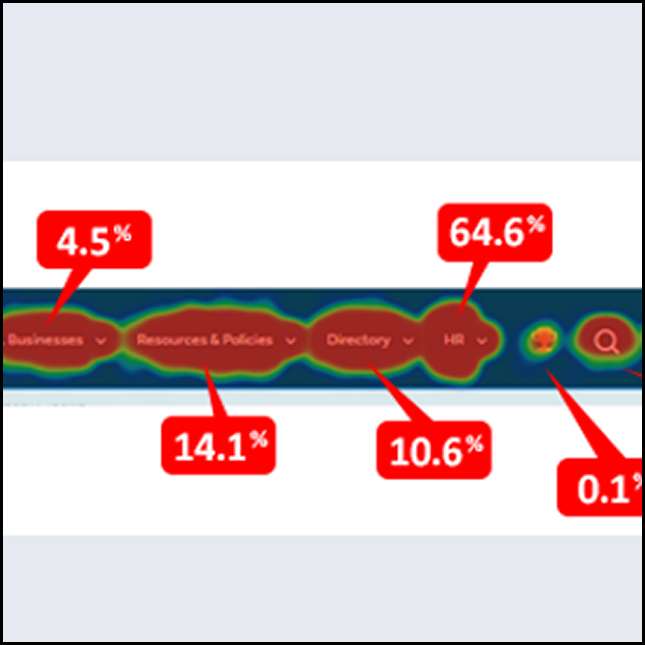
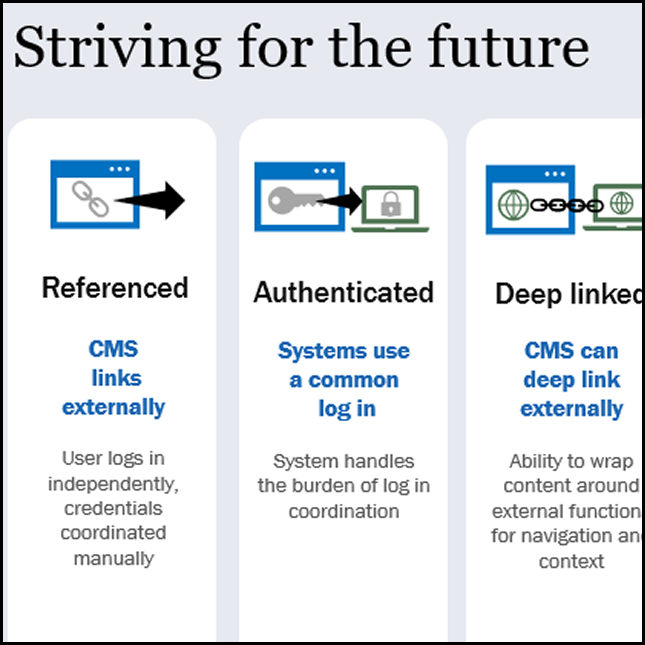
The above are vignettes of larger strategy documents. Click the images for larger views.